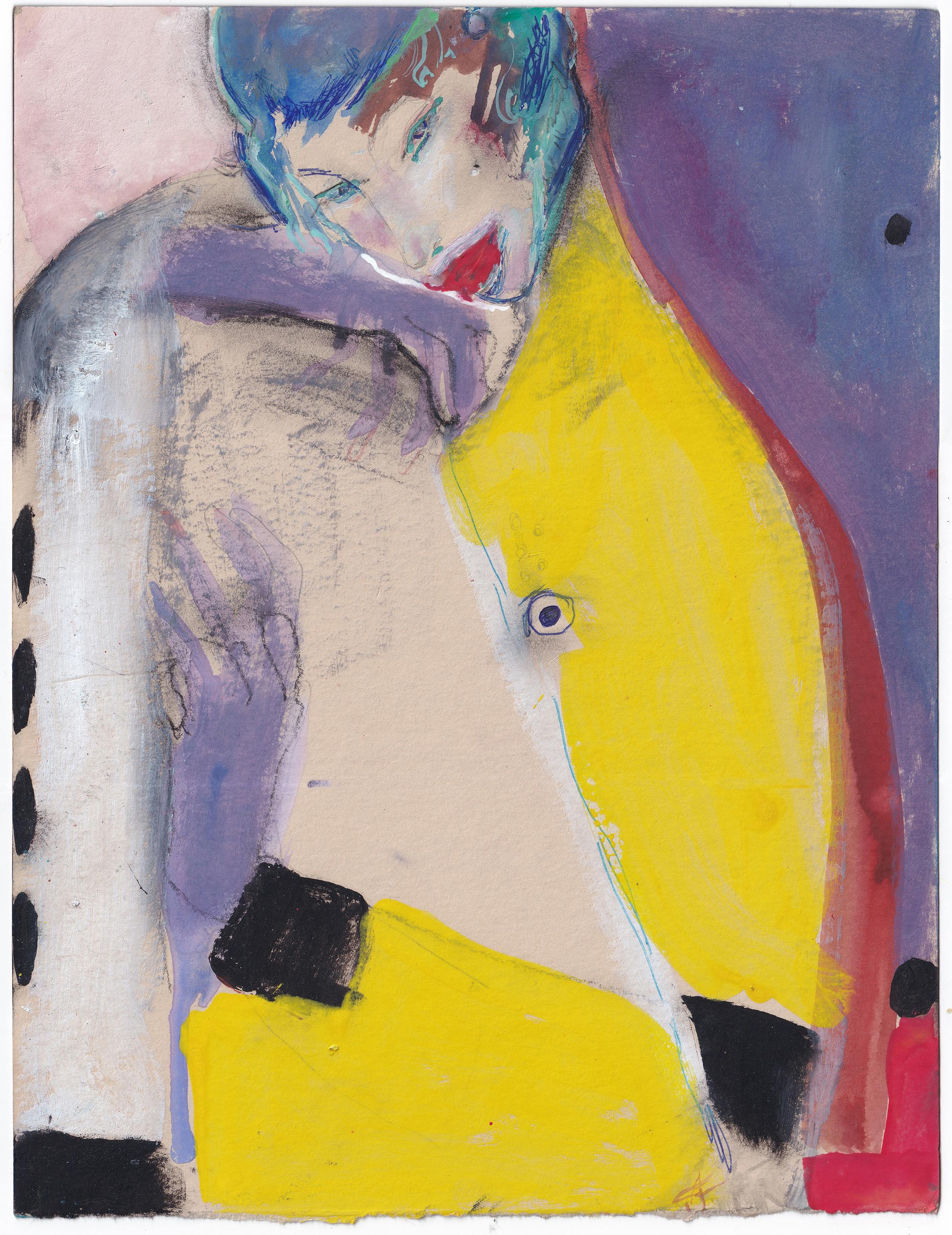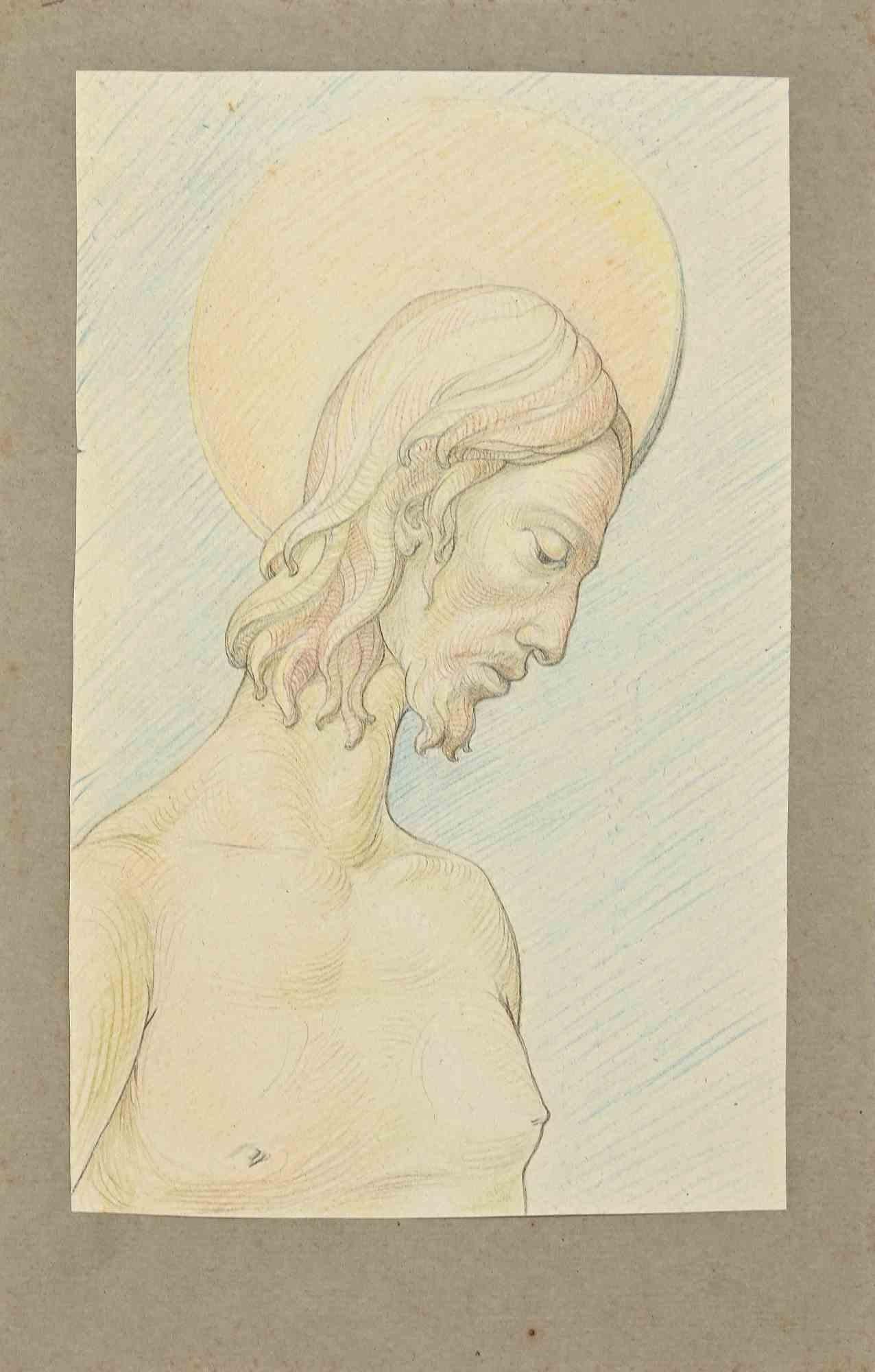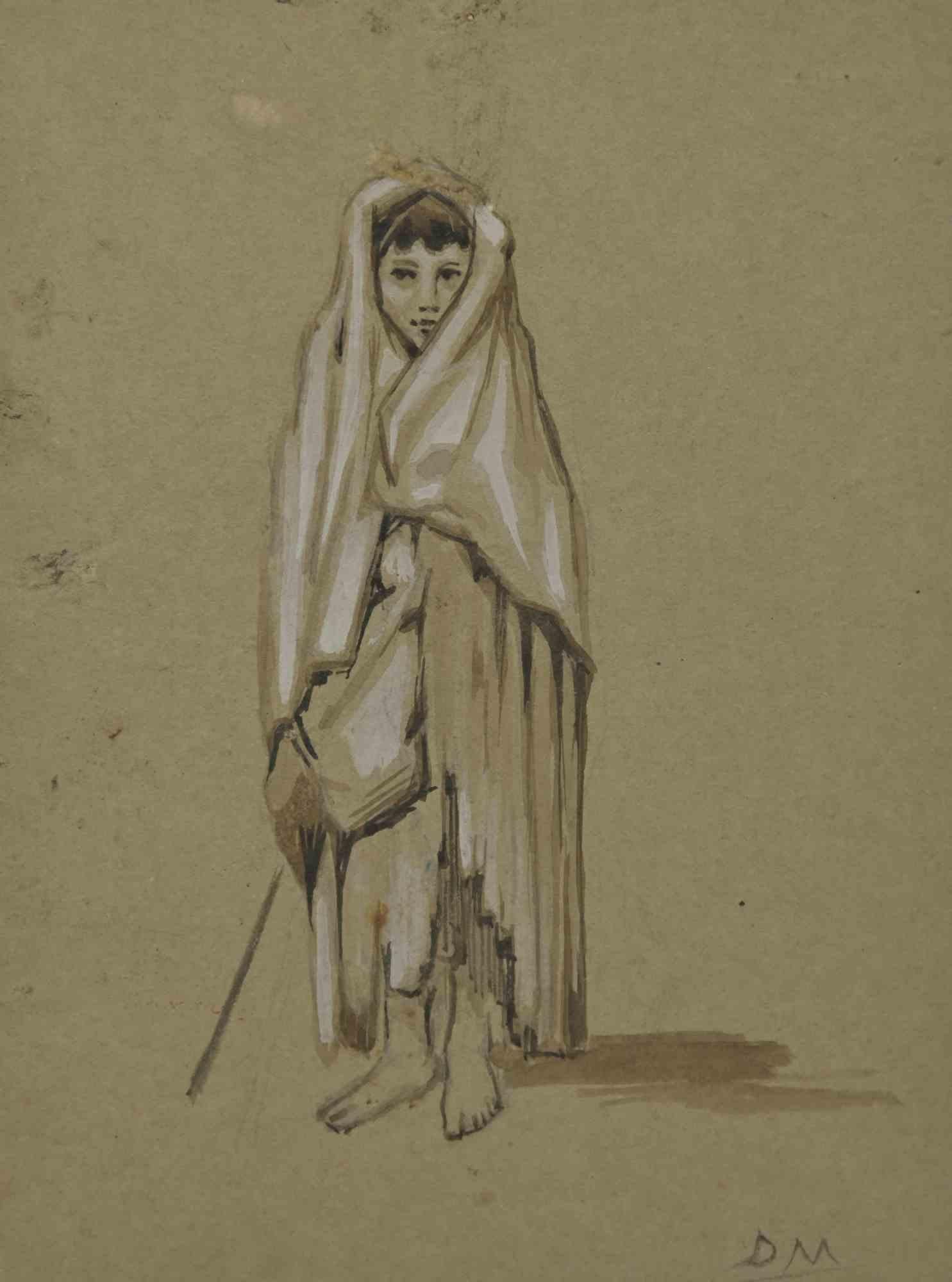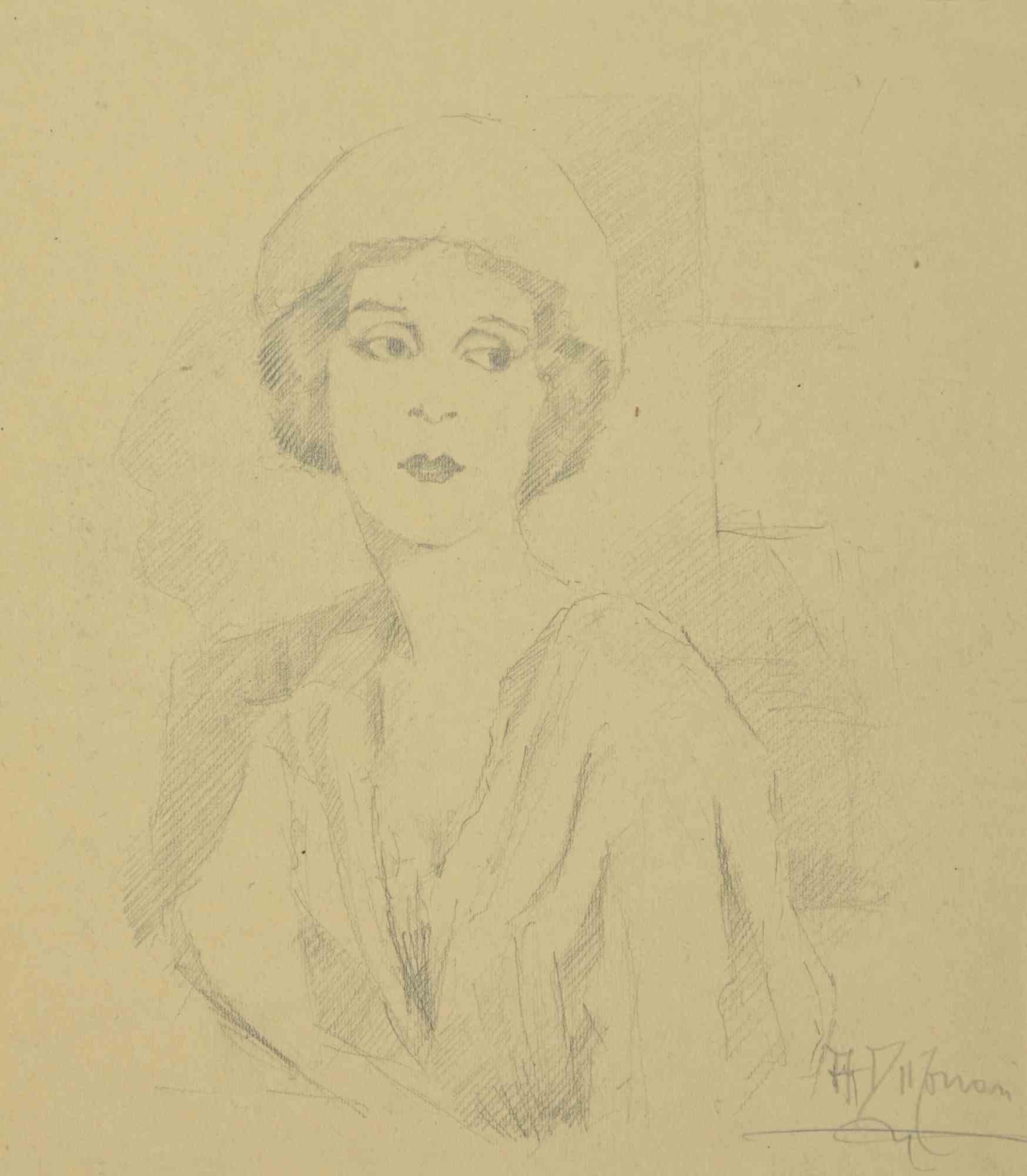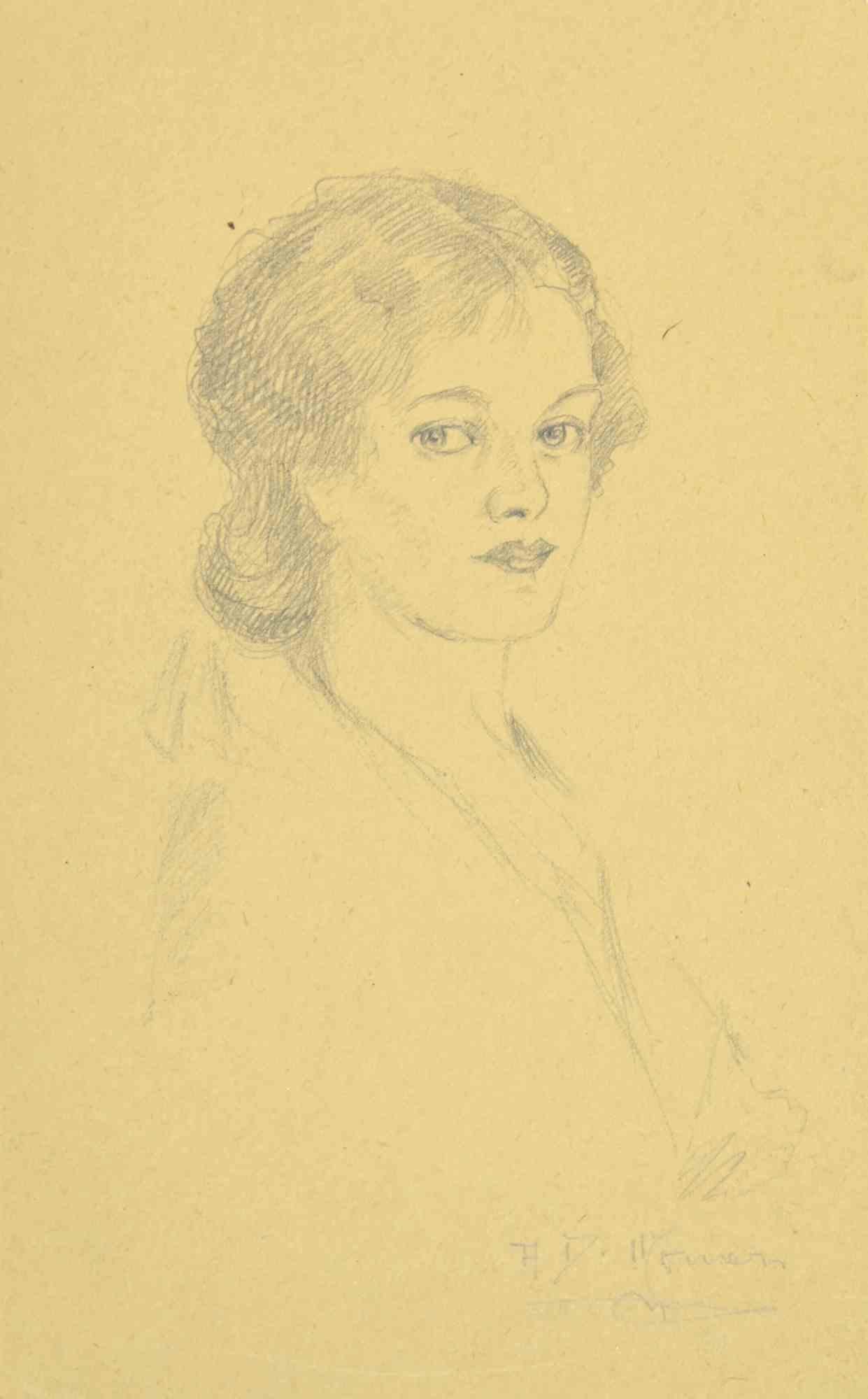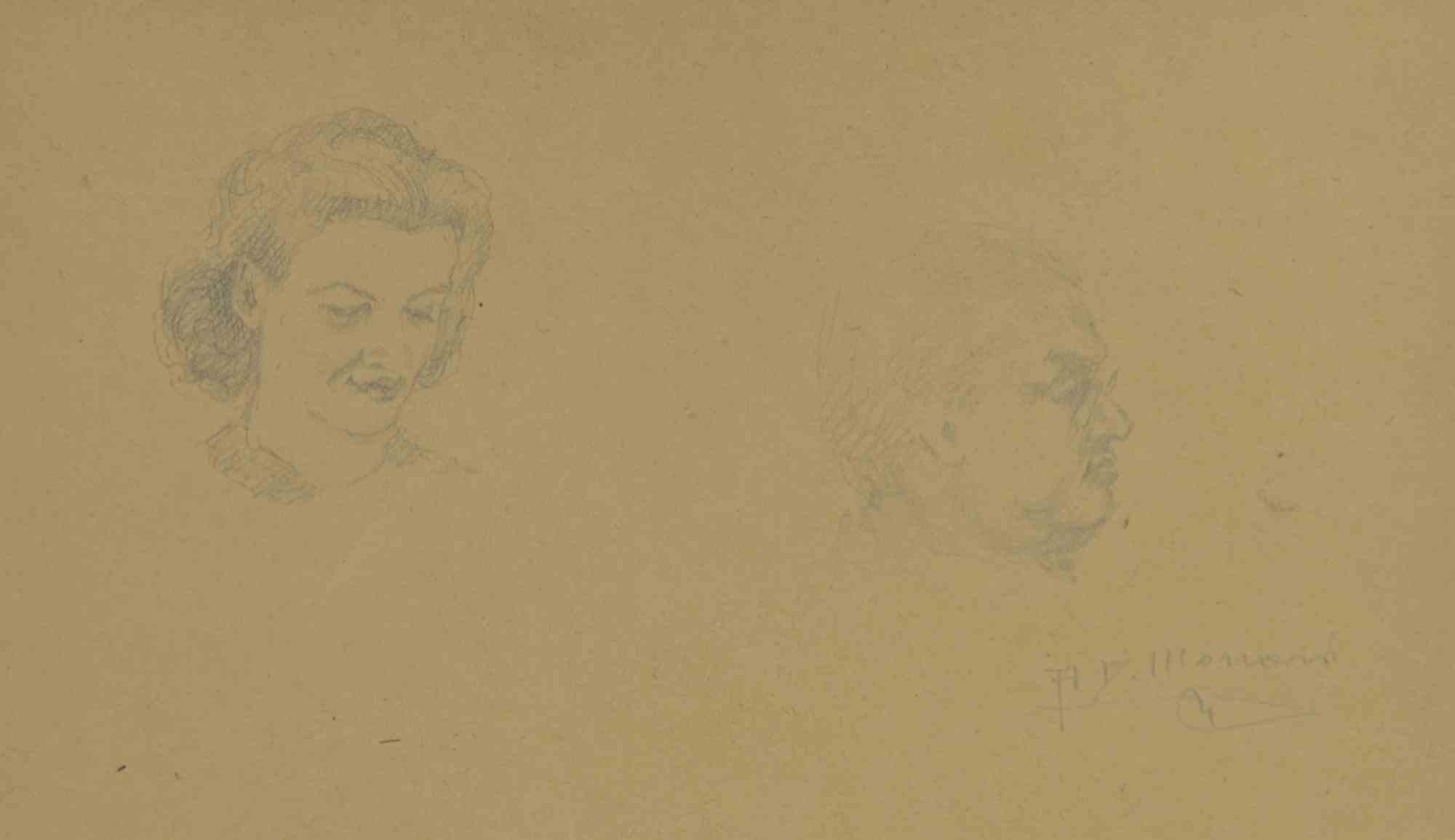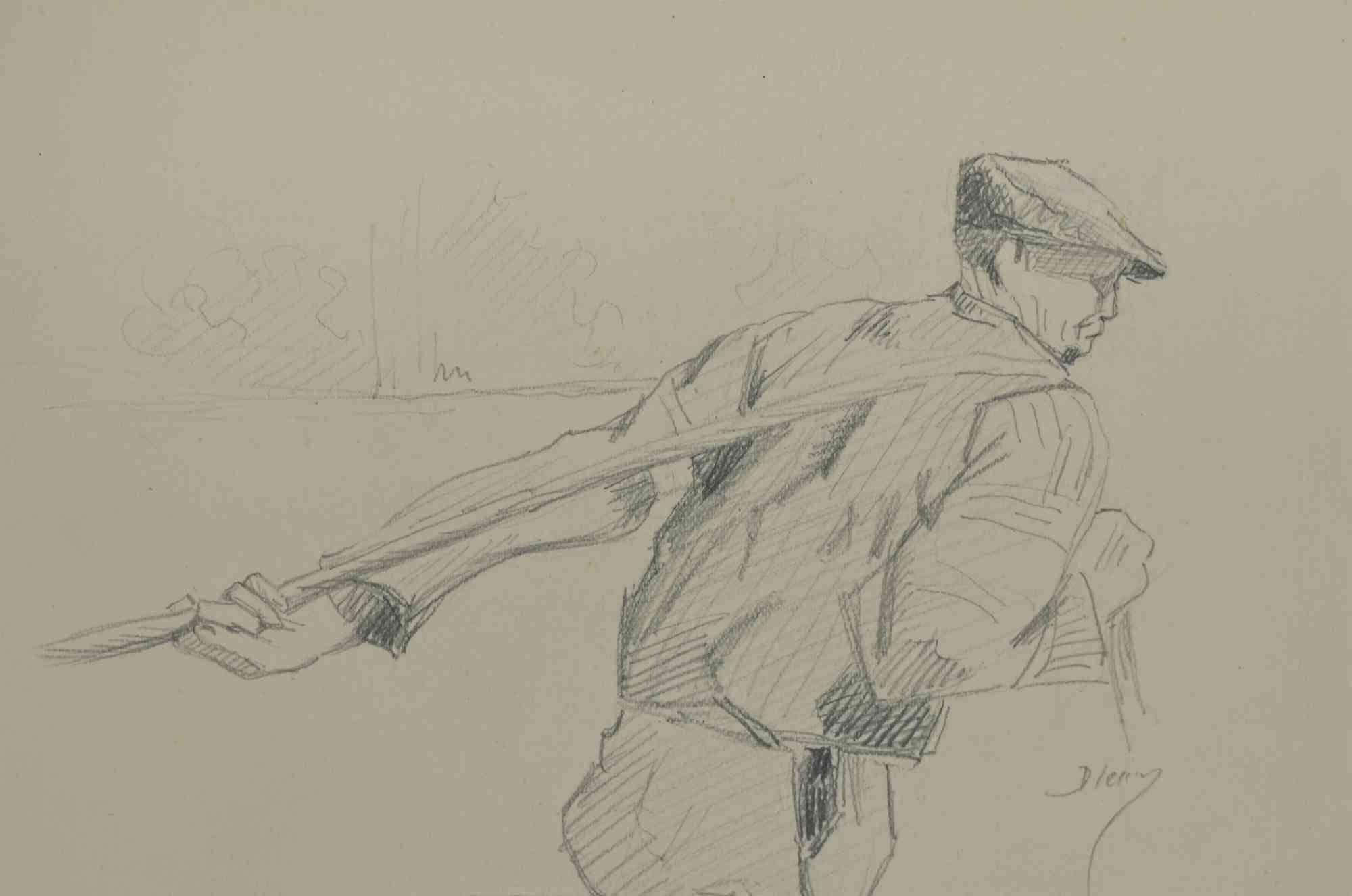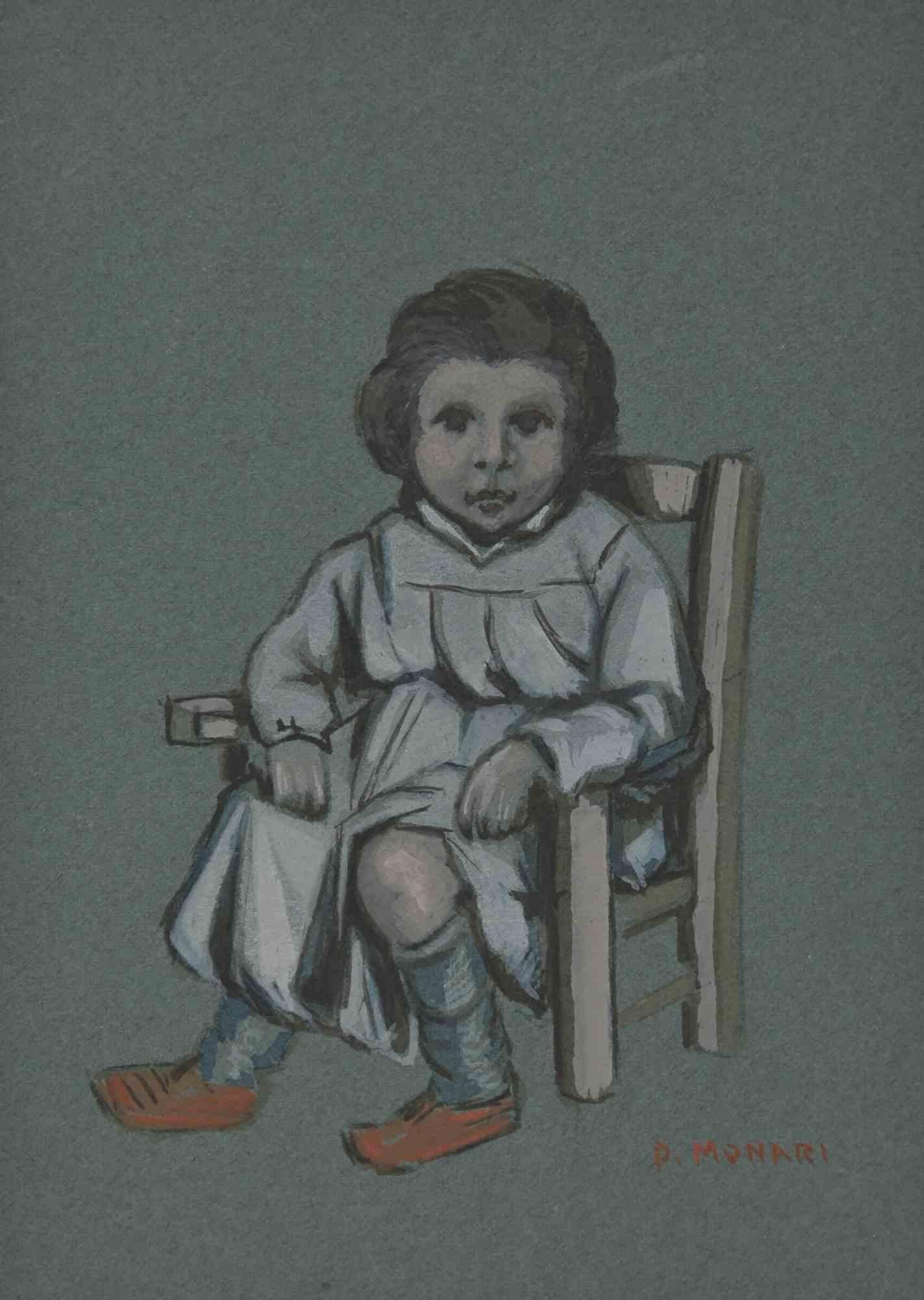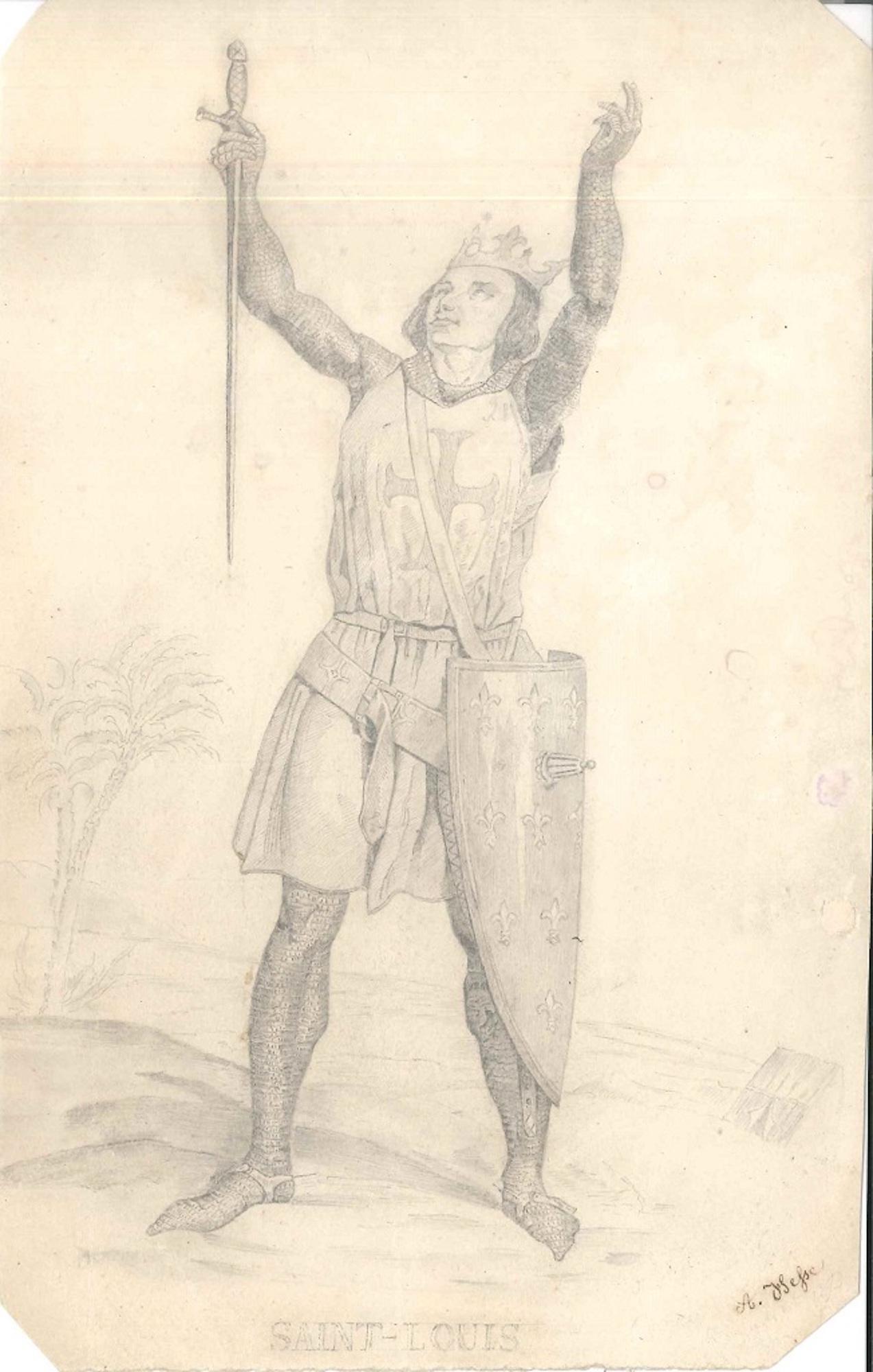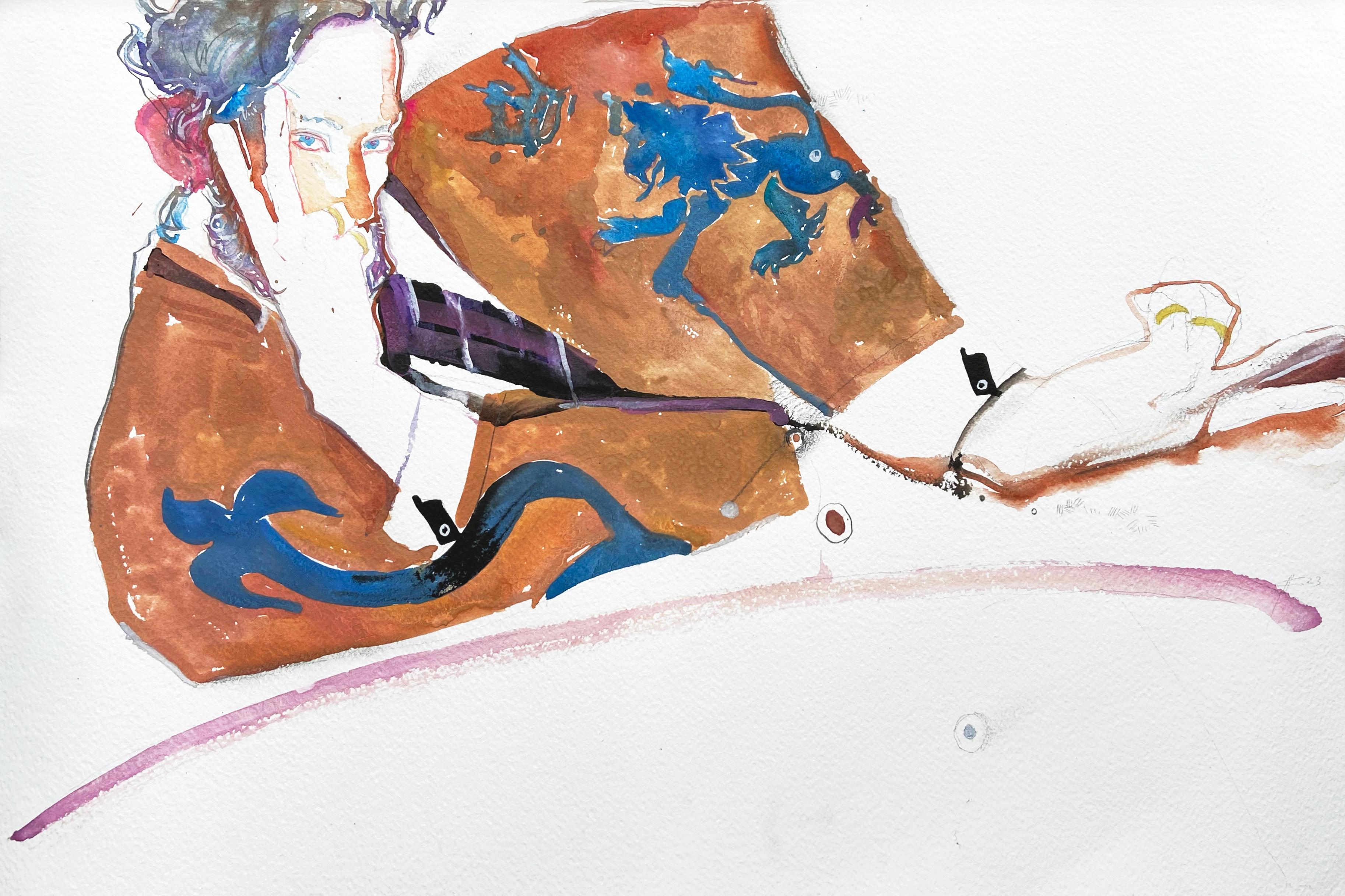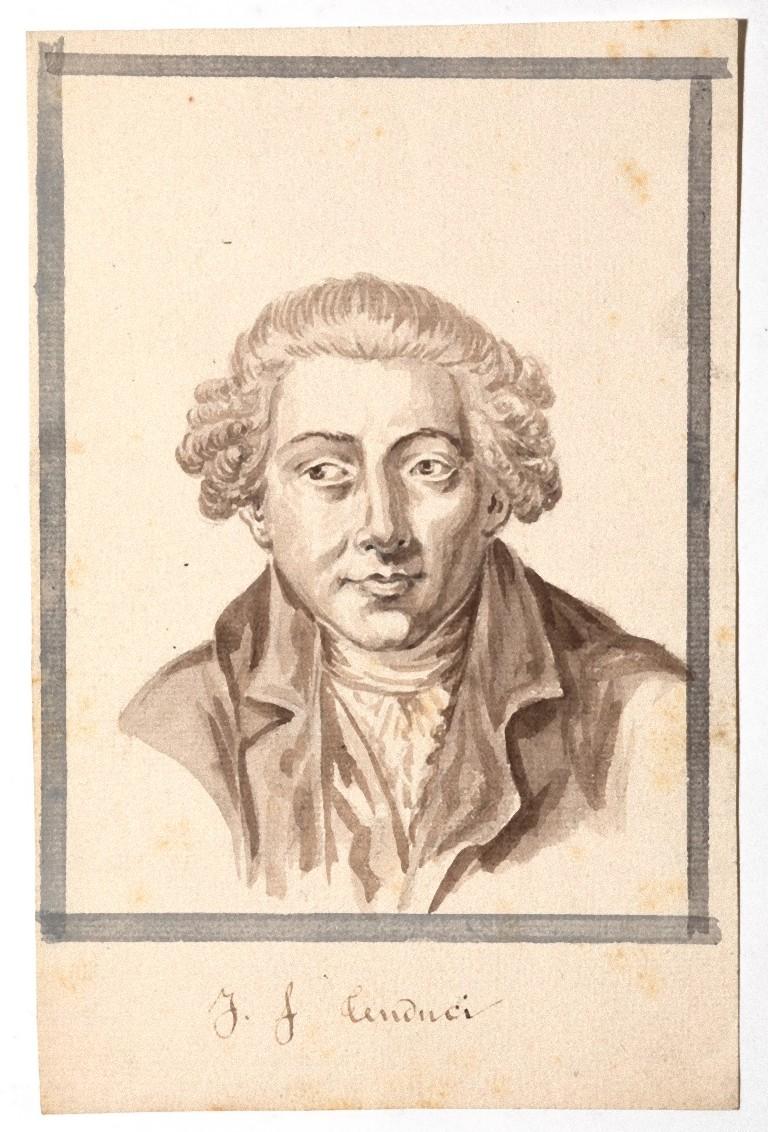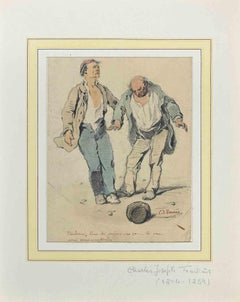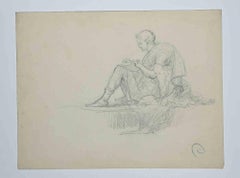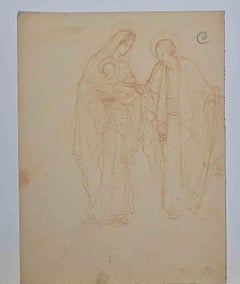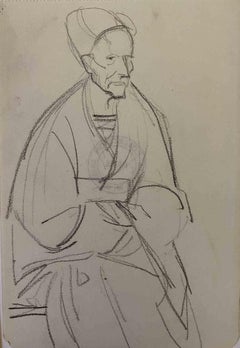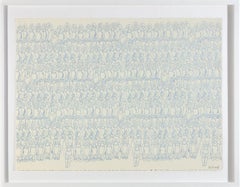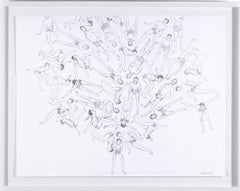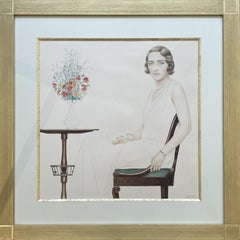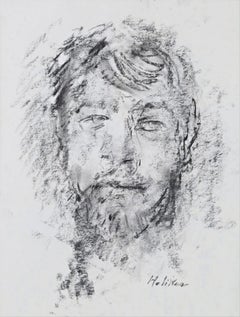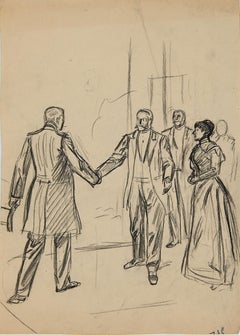
Figure - Original Drawing in Pencil - Late 19th Century
View Similar Items
Want more images or videos?
Request additional images or videos from the seller
1 of 2
Auction endedBrowse Current Auctions
Jacques BaseilhacFigure - Original Drawing in Pencil - Late 19th CenturyLate 19th Century
Late 19th Century
Price:$162.45
$592.82List Price
About the Item
- Creator:Jacques Baseilhac (1874 - 1903, French)
- Creation Year:Late 19th Century
- Dimensions:Height: 11.03 in (28 cm)Width: 7.8 in (19.8 cm)Depth: 0.04 in (1 mm)
- Medium:
- Movement & Style:
- Period:
- Framing:Framing Options Available
- Condition:Insurance may be requested by customers as additional service, contact us for more information.
- Gallery Location:Roma, IT
- Reference Number:Seller: M-1100271stDibs: LU65037079162
About the Seller
4.9
Platinum Seller
Premium sellers with a 4.7+ rating and 24-hour response times
1stDibs seller since 2017
7,603 sales on 1stDibs
Typical response time: 2 hours
Authenticity Guarantee
In the unlikely event there’s an issue with an item’s authenticity, contact us within 1 year for a full refund. DetailsMoney-Back Guarantee
If your item is not as described, is damaged in transit, or does not arrive, contact us within 7 days for a full refund. Details24-Hour Cancellation
You have a 24-hour grace period in which to reconsider your purchase, with no questions asked.Vetted Professional Sellers
Our world-class sellers must adhere to strict standards for service and quality, maintaining the integrity of our listings.Price-Match Guarantee
If you find that a seller listed the same item for a lower price elsewhere, we’ll match it.Trusted Global Delivery
Our best-in-class carrier network provides specialized shipping options worldwide, including custom delivery.More From This Seller
View AllTravelers - Original Drawing by Charles Joseph Traviès - Mid 19th Century
By Charles Joseph Traviès
Located in Roma, IT
Travelers is an Original ink, pencil and watercolor realized by Charles Joseph Traviès (1804-1859).
The little artwork represents two poor men in the street.
Good condition, included a cream colored cardboard passpartout (30x24 cm).
Hand-signed and notes by the artist on the lower margin.
Charles-Joseph Traviès de Villers, also known simply as Traviès, (21 February 1804 – 13 August 1859) was a Swiss-born French painter, lithographer, and caricaturist whose work appeared regularly in Le Charivari...
Category
Mid-19th Century Modern Figurative Drawings and Watercolors
Materials
Ink, Watercolor, Pencil
Figure of Man Pencil Drawing By Maurice Chabas - Early 20th Century
By Maurice Chabas
Located in Roma, IT
Figure of Man is an Original Pencil Drawing realized by Maurice Chabas (1862-1947).
The artwork is in good condition, included a white cardboard passpartout (37.5x55 cm).
Monogramm...
Category
Early 20th Century Modern Figurative Drawings and Watercolors
Materials
Pencil
The Holy Family - Pencil Drawing By Maurice Chabas - Early 20th Century
By Maurice Chabas
Located in Roma, IT
The Holy Family is an Original Red Pencil Drawing realized by Maurice Chabas (1862-1947).
The artwork is in good condition, included a white cardbo...
Category
Early 20th Century Modern Figurative Drawings and Watercolors
Materials
Pencil
The Old Man - Original Pencil Drawing by Bernard Bécan - 1913
By Bernard Bécan
Located in Roma, IT
The Old Man is an original drawing in pencil realized in 1913 by Bernard Bécan (1890-1943), applied on a White Passepartout.
Hand-Signed and dated on th...
Category
1910s Modern Figurative Drawings and Watercolors
Materials
Pencil
You Girl - Original Drawing by Alfred Grévin - Late 19 Century
By Alfred Grevin
Located in Roma, IT
You Girl is an original drawing in Mixed media realized by Alfred Grévin in the Late-19 Century
In good conditions.
Alfred Grévin (1827- 1892),
was a 19th-century caricaturist, be...
Category
Late 19th Century Modern Figurative Drawings and Watercolors
Materials
Pencil, Watercolor
The Swimmers on the Beach- Original Drawing by Alfred Grévin - Late 19th century
By Alfred Grevin
Located in Roma, IT
The Swimmers on the Beach is an original drawing in pencil realized by Alfred Grévin in the Late-19 Century.
Hand signed in pencil on the lower right margin. All around an inscrip...
Category
Late 19th Century Modern Figurative Drawings and Watercolors
Materials
Pencil
You May Also Like
Swim Team
By Jay Alan Babcock
Located in Saint Louis, MO
Jay Alan Babcock is a St. Louis-based graphic designer and painter. His work exhibits his interest in the visual language of Americana, including old ...
Category
2010s American Modern Portrait Drawings and Watercolors
Materials
Carbon Pencil
Divers
By Jay Alan Babcock
Located in Saint Louis, MO
Jay Alan Babcock is a St. Louis-based graphic designer and painter. His work exhibits his interest in the visual language of Americana, including old ...
Category
2010s American Modern Portrait Drawings and Watercolors
Materials
Carbon Pencil
Bernard BOUTET DE MONVEL (1881 - 1949), "Portrait of Miss Lise Brissaud"
Located in Paris, FR
Bernard Boutet de Monvel was a French painter, sculptor, engraver, fashion illustrator and interior decorator. Although first known for his etchings, he earned notability for his pai...
Category
1920s Modern Portrait Drawings and Watercolors
Materials
Paper, Watercolor, Pencil
Self Portrait (original signed unique charcoal drawing) Kraushaar Gallery label
By John Heliker
Located in New York, NY
John Heliker
Self Portrait, 1991
Charcoal Pencil on Paper (with original Kraushaar Galleries label verso)
Signed on the front
bears the original KRAUSHAAR GALLERIES label on the verso on the frame
Vintage metal frame included
Self portrait done in charcoal pencil by distinguished American artist John Heliker. Hand signed on the front
This work is framed - bears the label of the renowned KRAUSHAAR GALLERIES on the verso.
Image size: 13 inches by 10 inches;
Framed: 18 1/2 inches by 14 1/2 inches
About John Heliker from The New York Times Obituary, 2000 (Roberta Smith)
John Heliker, a painter and teacher who was a fixture of the New York art world for nearly seven decades, died on Tuesday at the Sonojee Estate, a health center in Bar Harbor, Me. He was 91 and had lived in New York during most of his career, spending summers on Cranberry Island...
Category
Late 20th Century Modern Portrait Drawings and Watercolors
Materials
Charcoal, Carbon Pencil
Dame mit Hut
By August Wilhelm Dressler
Located in Wien, 9
August Dressler is one of the painters of the New Objectivity. He is one of the lesser-known artists of the Weimar era, but he too, like his famous contemporaries Georg Grosz, John H...
Category
20th Century Modern Figurative Drawings and Watercolors
Materials
Paper, Pencil
Akt mit Handspiegel
By August Wilhelm Dressler
Located in Wien, 9
August Dressler is one of the painters of the New Objectivity. He is one of the lesser-known artists of the Weimar era, but he too, like his famous contemporaries Georg Grosz, John H...
Category
20th Century Modern Figurative Drawings and Watercolors
Materials
Paper, Pencil
